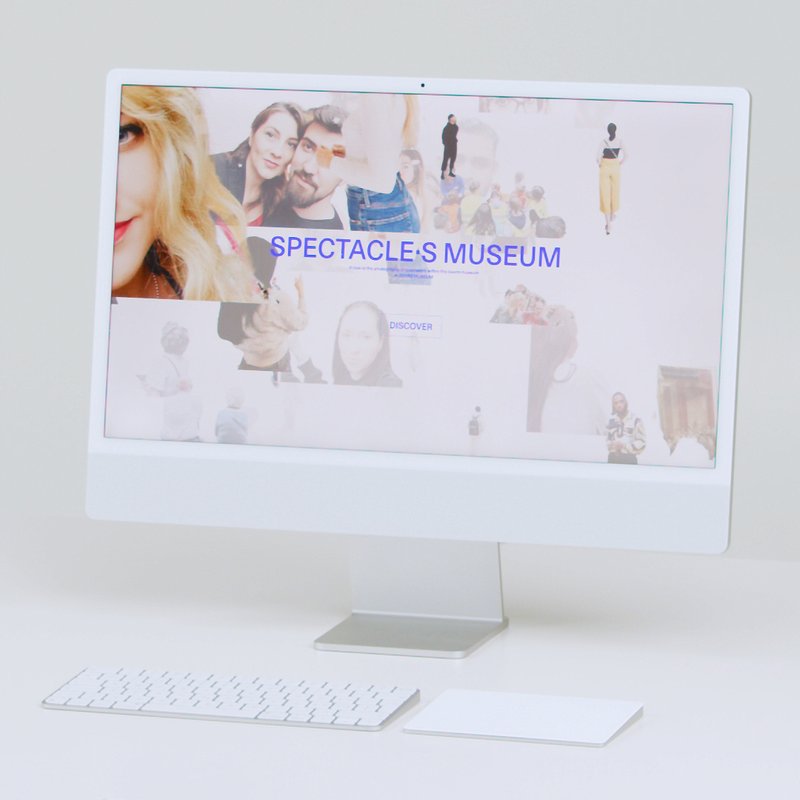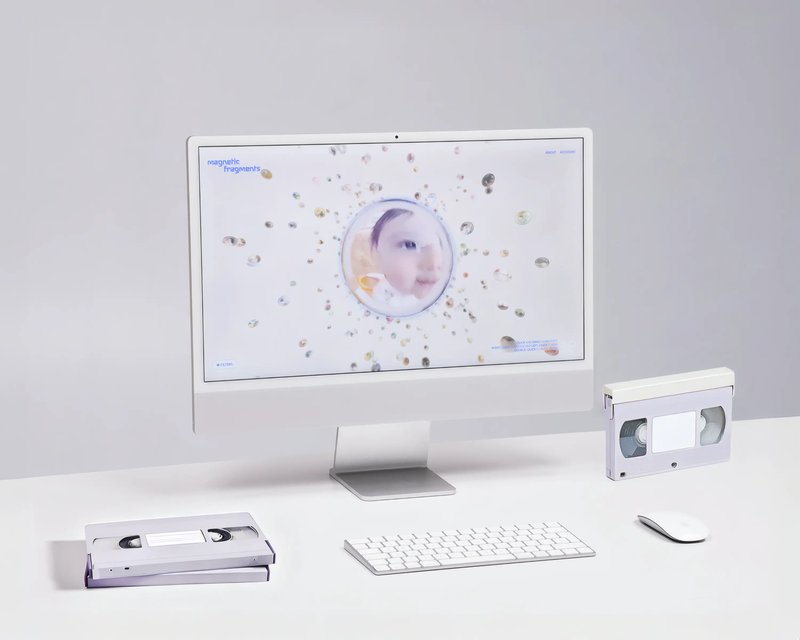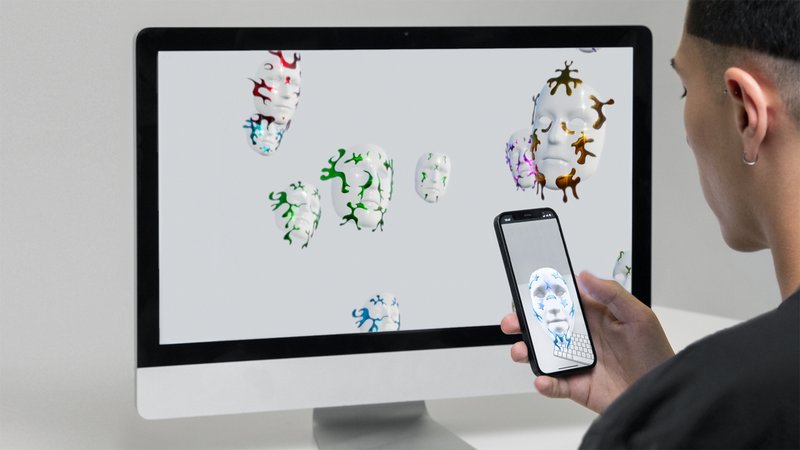
BA MEDIA & INTERACTION DESIGN
Martial Grin – Spectacle·s Museum
with Alain Bellet, Christophe Guignard, Gaël Hugo, Laura Nieder, Pauline Saglio
Spectacle·s Museum looks at the photographs of visitors in a museum space. Through a web atlas, this project paints a series of portraits in one of the most photographed museums in the world, the Louvre. Using images published on Instagram, the project classifies and groups them according to their formal and spatial specificities. Through Spectacle·s Museum, I approach the theme of the staging of the self, particularly in the museum space.










